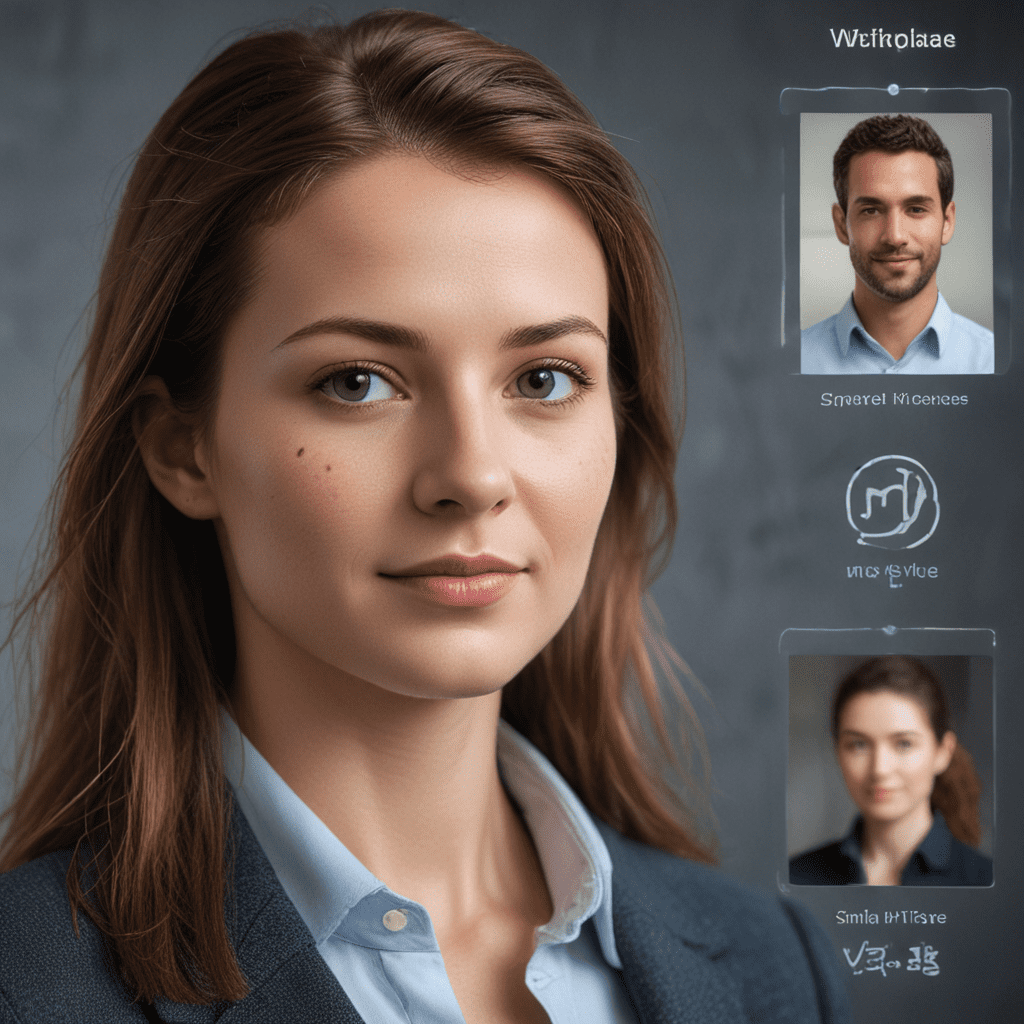
Introduction
Facial recognition technology has emerged as a revolutionary tool in the realm of security, with widespread applications across various industries. In the workplace, this technology holds immense potential for enhancing security and streamlining operations. By utilizing facial recognition systems, businesses can create a more secure and efficient work environment, addressing numerous security challenges and unlocking new possibilities.
Benefits of Facial Recognition Technology
Facial recognition technology offers a plethora of benefits for workplace security. It provides heightened accuracy and reliability compared to traditional authentication methods, minimizing the risk of unauthorized access. Moreover, it offers a non-invasive and seamless user experience, allowing individuals to enter and move around the premises without the hassle of carrying physical credentials or remembering complex passwords.
Security Enhancements
The implementation of facial recognition technology significantly elevates the security posture of the workplace. It acts as a powerful deterrent against unauthorized entry, preventing individuals with malicious intent from gaining access to restricted areas. By identifying and authenticating individuals, this technology helps organizations maintain a secure and controlled environment, safeguarding personnel, assets, and sensitive information.
Fraud Prevention and Detection
Facial recognition technology plays a pivotal role in preventing and detecting fraud within the workplace. By verifying the identity of individuals attempting to access restricted areas or handle sensitive data, organizations can minimize the risk of unauthorized transactions, theft, or espionage. This technology serves as an additional layer of security, ensuring that only authorized personnel have access to critical assets.
Crime Prevention and Deterrence
The presence of facial recognition technology acts as a powerful deterrent against criminal activity within the workplace. The ability to identify and track individuals who attempt to enter unauthorized areas or engage in suspicious behavior helps mitigate the risk of theft, vandalism, or physical harm. By monitoring individuals' movements and activities, this technology creates a safer work environment for employees and reduces the likelihood of criminal incidents.
Privacy and Ethical Considerations
While facial recognition technology offers numerous benefits, it also raises important privacy and ethical considerations. Organizations implementing this technology must ensure that it is used in a responsible and ethical manner, respecting the privacy and rights of individuals. Clear policies and guidelines should be established to govern the collection, storage, and use of facial recognition data, ensuring that it is used solely for legitimate security purposes.
Implementation Challenges
Implementing facial recognition technology in the workplace presents certain challenges that organizations need to carefully consider. The cost of deploying and maintaining the technology can be a significant factor, particularly for large-scale installations. Additionally, organizations must address the technical complexities of integrating facial recognition systems with existing security infrastructure and ensuring data privacy and compliance with relevant regulations.
Future Prospects
Facial recognition technology is rapidly evolving, with continuous advancements in accuracy, speed, and reliability. As the technology becomes more sophisticated, it is expected to play an increasingly prominent role in workplace security. Organizations will continue to explore new applications for facial recognition, such as real-time threat detection, remote access control, and enhanced employee safety. The future of facial recognition technology in the workplace holds immense promise for creating a more secure, efficient, and innovative work environment.
FAQ
Q: Is facial recognition technology intrusive or invasive?
A: Facial recognition technology is non-invasive and does not require physical contact. It analyzes facial features from a distance, providing a seamless and unobtrusive user experience.
Q: How secure is facial recognition technology?
A: Facial recognition technology is highly secure and reliable, offering a higher level of accuracy compared to traditional authentication methods. It minimizes the risk of unauthorized access and prevents individuals with malicious intent from gaining entry to restricted areas.
Q: Can facial recognition technology be used to track individuals?
A: Facial recognition technology can be used for both identification and tracking purposes. However, organizations must adhere to ethical guidelines and ensure that the technology is used responsibly, respecting the privacy and rights of individuals.


